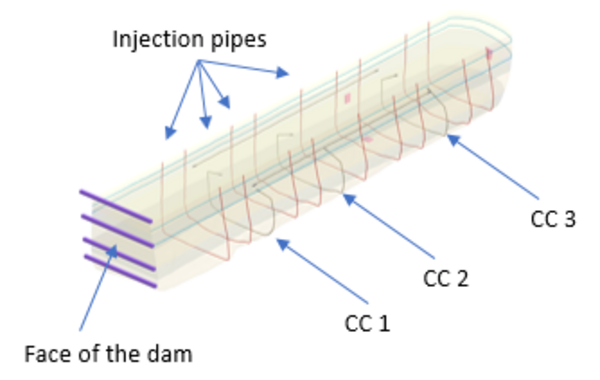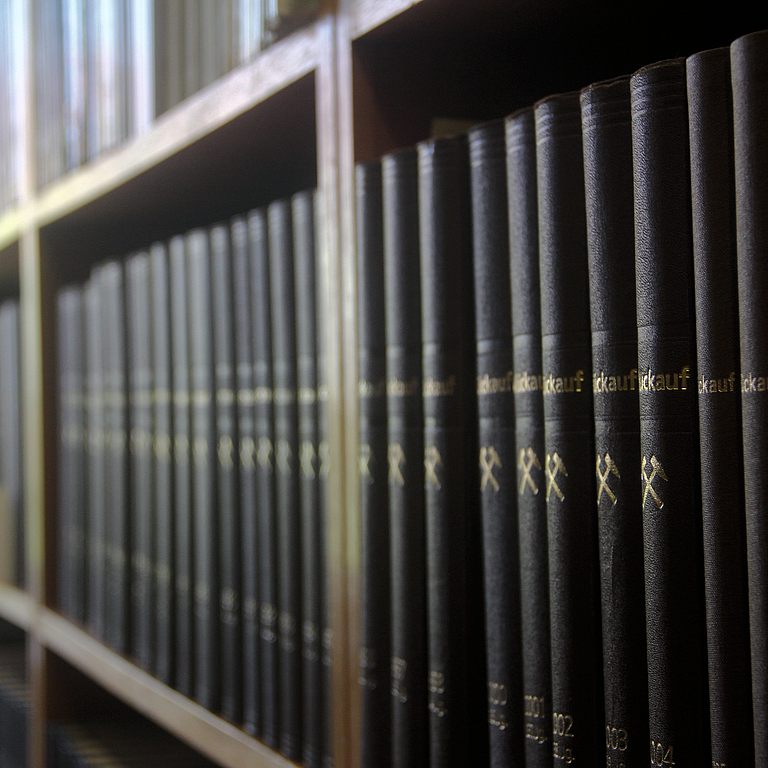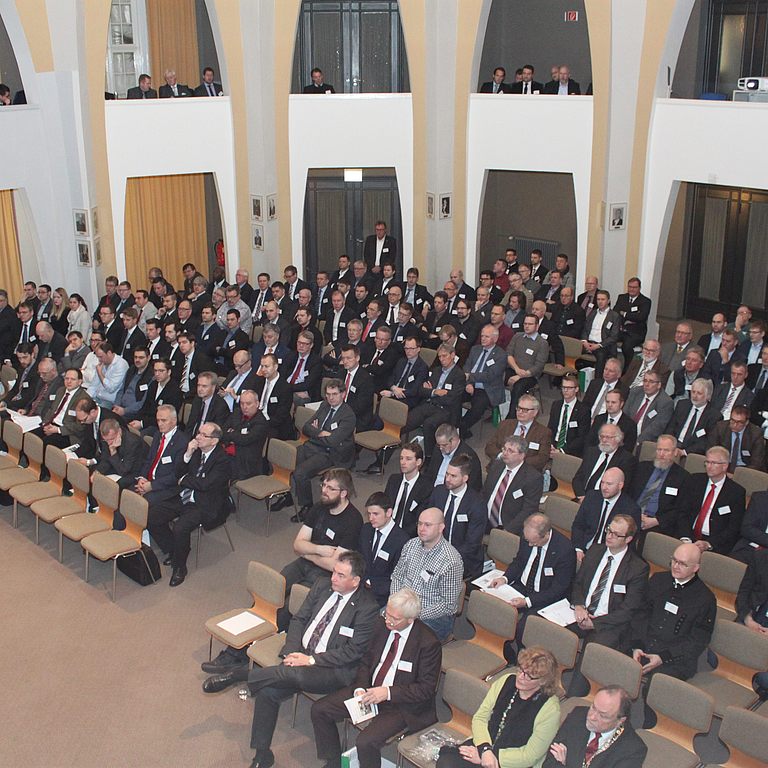Beiträge zur 10. Internationalen Konferenz "Sustainable Development in the Minerals Industry"
Beiträge zur nachhaltigen Entwicklung
Traditionell war das Institut für Bergbau bei der 10. Konferenz zur nachhaltigen Entwicklung in der Bergbauindustrie vertreten. Neben der aktiven Teilnahme einer großen Zahl von Wissenschaftler:innen wurden Ergebnisse des Projektes STROEFUN III vorgestellt. Im Weiteren mehr dazu.
Fluidic functional verification for closing structures and fluid supported sealing of the contact zone
Bauermeister, Julius; Langefeld, Oliver; Wilsnack, Thomas; Glaubach, Uwe; Müller-Hoeppe, Nina
Synopsis
One of the most critical and least identified parts related to the safe closure of underground repository is the contact area between the potential host formation and the actual geotechnical barrier. For this reason, the STROEFUN-project (STROEFUN is the German acronym for the title) focuses on this region. The project was funded by the Federal Ministry for Economics and Energy.
In this project, halite is considered as potential host rock. For the course of sealing underground repositories, different concretes and materials, such as Sorel concretes, have been developed and investigated in detail. As the central component of the project, a half dam made out of a slightly adapted version of the Sorel concrete A1 was constructed at the Teutschenthal mine in Germany at a depth of 680 meters. The reason why only a half dam was constructed was to allow scientists an easy access for their investigations. However, this has no effect on the project’s aim to determine the sealing effect of the closure structure using a newly developed measurement system.
The concept consists of so-called control chambers (CC) which are integrated into the structure along the rock contour. In this chamber system, air pressure is applied to the contact zone. This stimulates a controlled flow process, in which the range and effects are monitored by the measuring system. Hereby, the integral permeability at the contour can be measured. The obtained data are used to evaluate the permeability between the host rock and the dam. One advantage of this new measurement system is that no drill cores must be extracted. Drill cores just represent a specific local spot and do not give a reliable overview of the system. Furthermore, damaging the system due to core extraction is prevented. The integral permeability between the building material and the rock contour is a central component for proving the required sealing.
In addition to the measuring system and control-chambers, injection pipes have been installed for additional reduction of the permeability due to the injection of an injection agent in the contact zone.
Figure 1 provides and overview of the control chambers and the installed injections pipes in the dam.
Six and eleven months after construction, integral permeability was measured. The results can be found in Table 1.
It is notable that the permeability in the contact zone decreases over the time.
Moreover, several injections had been carried out. Only the injection in the last injection pipe has been accomplished successfully. Here, 1.8 L of injection grout have been injected at a pressure of 18 bar, followed by 7.0 L of epoxy at a pressure of 40 bar. In contrast to that, using an injection grout, in the first two injections pipes failed at pressures of up to 70 bar. More success was achieved during the cleaning of the pipes (65 bar). During this work, an attempt was made to inject the cleaning liquid, an MgCl2-solution, a particle free solution, which was successful. However, the injections in the last injection pipe did not decrease the integral permeability between the measurement systems. Presumably, this is due to the distance of the injection pipes to the control chambers.
The goal of this project, to develop a system, which could measure the integral permeability in the contact area without damaging the construction, was achieved.
It seems that integral permeability decreases over time due to the convergence of the host rock. This behavior should be investigated in more detail to estimate when/if the permeability in the contact area between host rock and dam is below the required level for the storage of high nuclear waste material.
Whether injection can be performed seems to depend on time and positioning. The convergence behavior of the formation seems to change at different positions of the dam. In addition, a decrease in permeability due to injections has not been demonstrated yet. The failed injections at the first two injection pipes suggest that the convergence of the surrounding rock due to compression of the injection pipes has an important sealing aspect. In addition, a possible injection with the MgCl2-solution, while the grout could not be injected, shows that injections with non-particle based injections agents can be used for a longer time.




